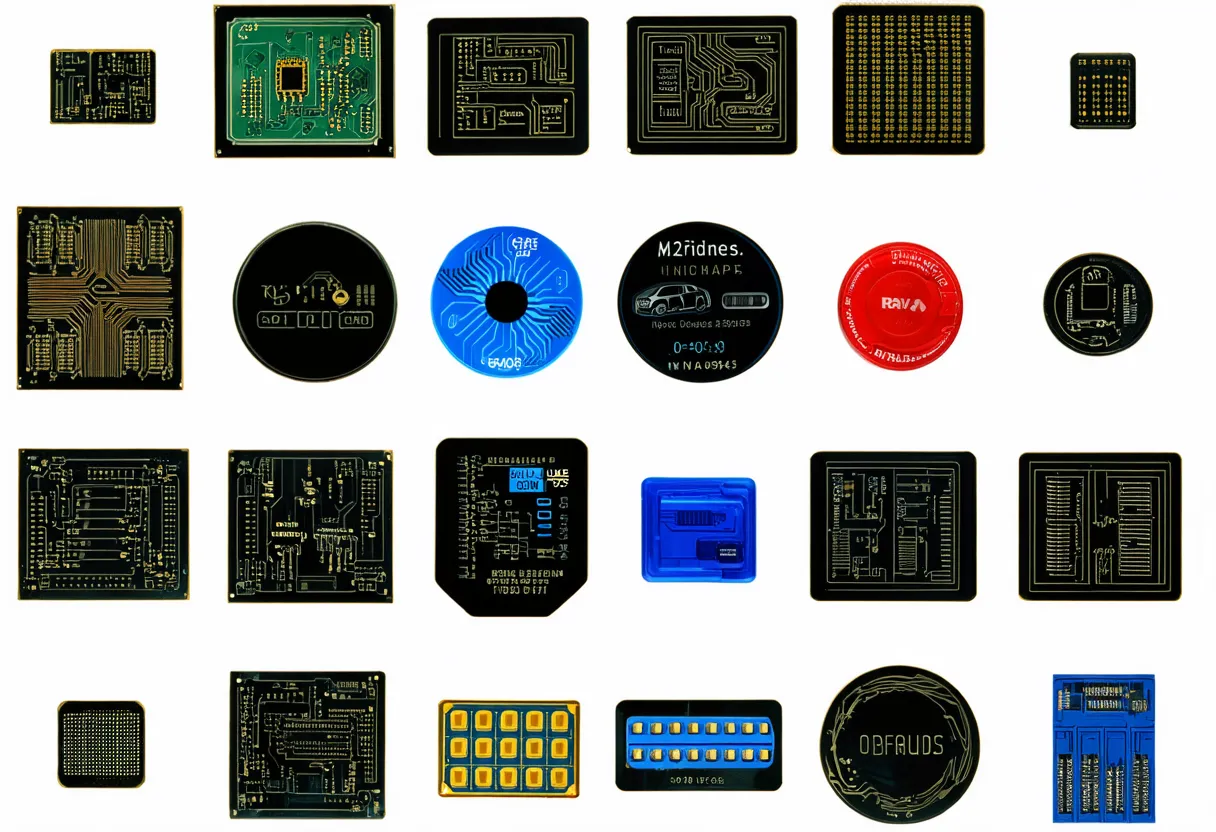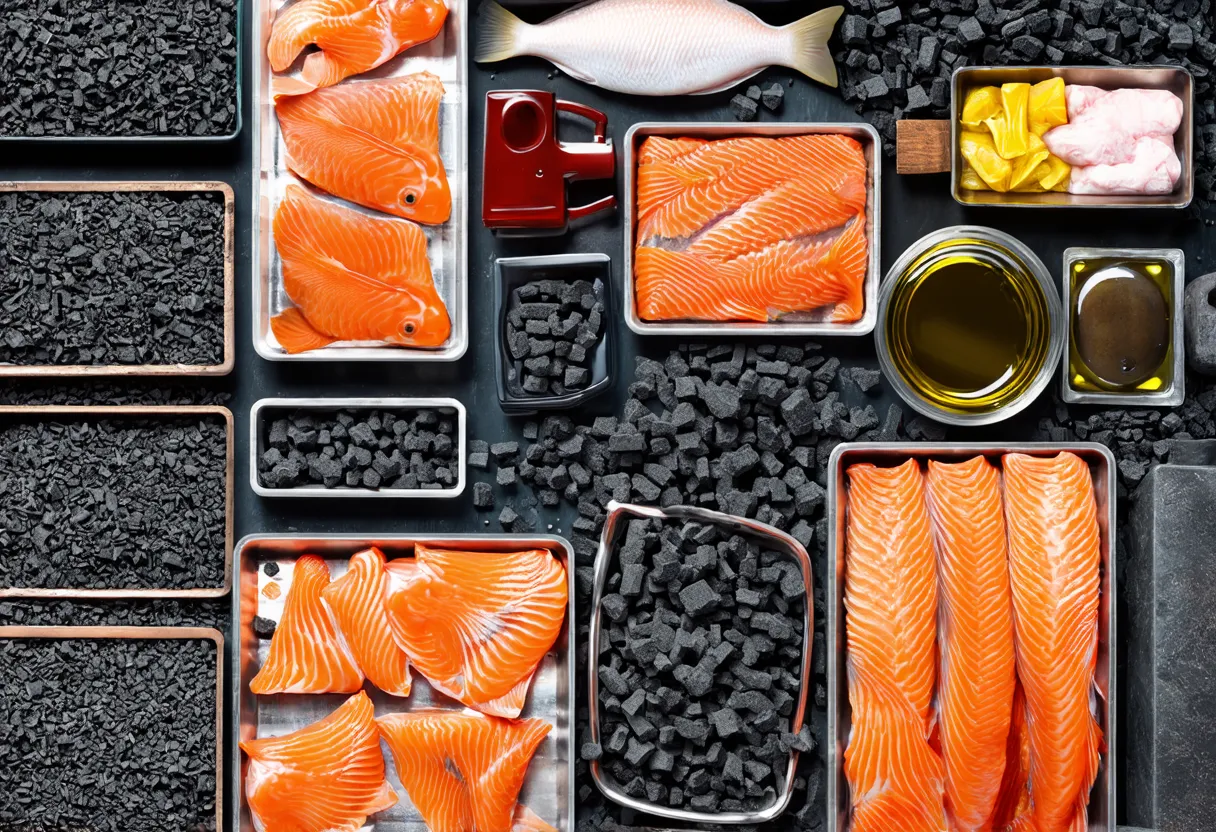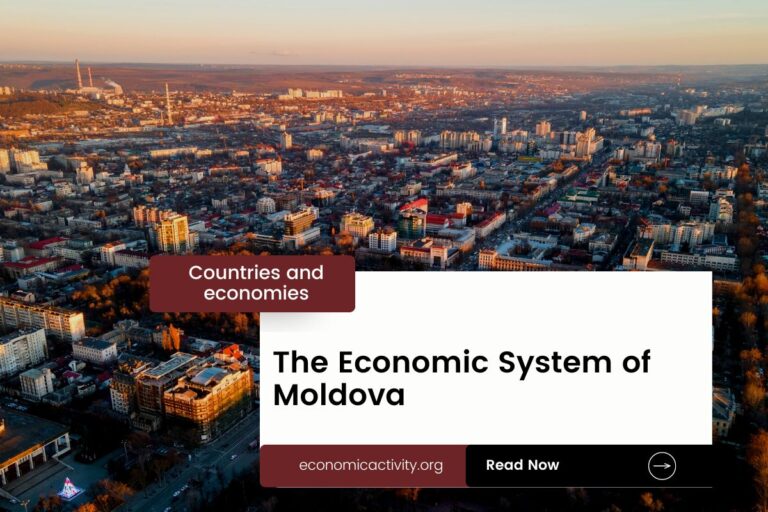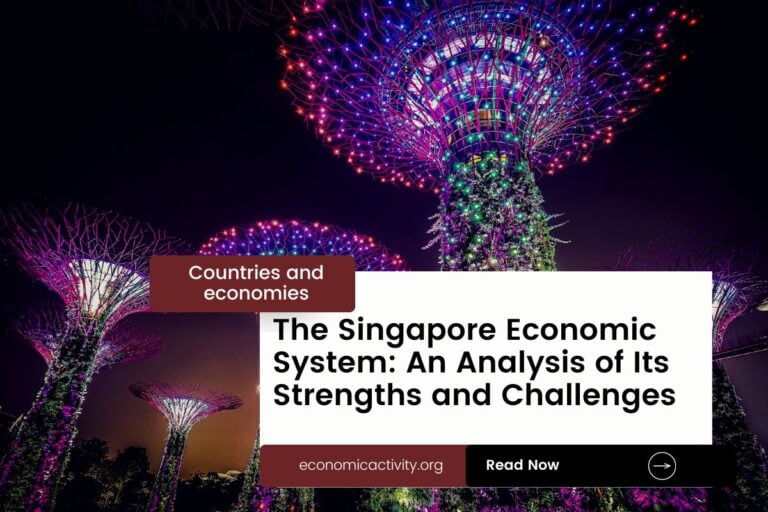Curacao, with a population of 149,996, is ranked 171st in the world, just behind Samoa. Located in the Caribbean Sea, it covers 444 square kilometers, ranking 174th globally, below Seychelles.
In 2022, Curacao’s GDP stood at $3,075,180,834.72, ranking 164th globally, trailing behind Burundi with a GDP of $3,338,722,827.66. The country’s GDP per capita was $20,501.75, placing it 50th in the world, falling short of Uruguay with a GDP per capita of $20,795.04.
Curacao’s economic position reflects a moderate standing in the global economy, with room for growth and development in various sectors to enhance its economic performance and competitiveness on the international stage.
What are the economic activities of Curacao?
- Primary activities: 0.7% of GDP.
- Secondary activities: 15.5% of GDP.
- Tertiary activities: 83.8% of GDP.

Primary Sector of Curacao
Curacao’s primary sector, mainly agriculture, thrives due to its tropical climate and fertile land. Agricultural land covers 20% of the country. Key products include aloe, sorghum, peanuts, vegetables, and tropical fruits. Despite contributing 0.7% to the GDP, agriculture plays a vital role in providing food security and preserving traditional practices.
The diverse range of crops and animal products highlights the sector’s significance in sustaining local livelihoods and promoting self-sufficiency.
Curacao’s geological diversity, ranging from limestone formations to volcanic activity, influences its natural resource availability. The primary sector thrives on calcium phosphates, hot springs for geothermal energy, and protected harbors supporting a robust economy through mining, energy production, and maritime trade.
Secondary Sector of Curacao
What is the secondary sector or what are secondary activities?
The secondary sector consists of industries that transform raw materials into finished products for consumption. In Curacao, the main industrial products include petroleum refining, petroleum transshipment, light manufacturing, and financial and business services. These industries play a vital role in the country’s economy by adding value to raw materials and providing goods and services for both domestic and international markets.
In 2023, Curacao’s total exports are dominated by industries other than manufactures, making their contribution relatively insignificant in the country’s overall export composition.
Tertiary sector of Curacao
What is the tertiary sector or what are tertiary activities?
The tertiary sector, also known as the service sector, encompasses intangible goods and services that enhance productivity and meet various needs. In Curacao, prominent tertiary activities include restaurants, healthcare and medical care, education and training, banking and finance, communication and information exchange, tourism and hospitality, and transportation and logistics. These services play a crucial role in supporting the island’s economy and enhancing the quality of life for its residents.
Highlighting these, Curacao’s economy heavily relies on tourism, contributing significantly to its GDP. With 1,293,000 annual arrivals, almost 8.6 times its population, the industry thrives. Popular destinations like the vibrant Willemstad and the stunning Kenepa Beach attract visitors seeking cultural richness and natural beauty, driving economic growth.
Another example of tertiary economic activity is the mobile cellular sector, with approximately 168,000 subscriptions, supporting technological growth. With 88 subscriptions per 100 inhabitants, it enhances connectivity and innovation.
International Trade of Curacao
Import Activities of Curacao

The import activities of Curacao are of high importance, with imports totaling $1.29 billion, accounting for 41.95% of the country’s GDP in 2023.
Curacao’s import activities are diverse, with its top partners being the US and the Netherlands. Key imports include refined petroleum, cars, garments, integrated circuits, and packaged medicine, sourced from countries like China, Ecuador, and the Philippines.
Exports Activities of Curacao

Curacao’s total exports in 2023 amounted to $255 million, representing 8.29% of its GDP. With a low export-to-GDP ratio, export activities hold relatively low importance for the country’s economy.
Curacao’s export activities are diverse, with top partners like the US and Costa Rica. Key commodities include refined petroleum, fish, and scrap iron.
Curacao economy challenges in 2024
In 2024, Curacao faces economic challenges due to declining tourism and financial services. The country struggles with high government debt and limited household support. Investments in information technology aim to diversify the economy, but reliance on oil refineries poses risks.




Leave a Reply